Since graduating from Artist Proof Studio in 2018, More has developed a distinctive way of exploring identity and community in her work, merging mediums to create deeply personal narratives. More was the winner of the 2019 Cassirer Welz Award, a 10-week residency hosted by The Bag Factory Artist Studios and Strauss & Co. Now with the support of Berman Contemporary, More has carved out her own space in South Africa’s art world, culminating in her foray into curation with her debut exhibition Happy Women’s Day, I Guess…
This exhibition brings new and familiar faces to Berman Contemporary’s roster, and much like the textiles that inform her work, More interlaces the varied experiences of the artists represented to navigate the complex terrain between celebration and critique.
"Simply put, the experience of being a woman in South Africa is not a singular story."
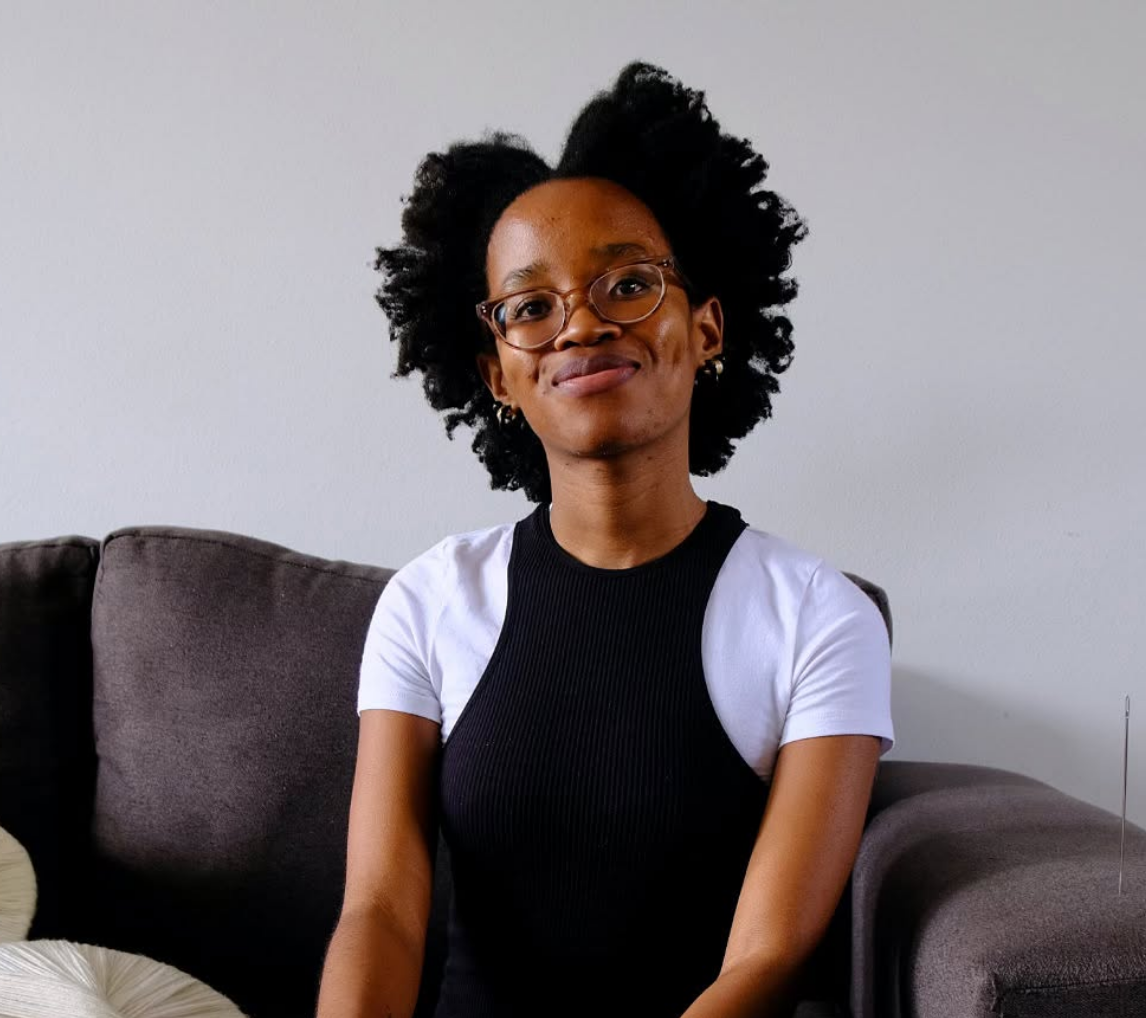
As one of the artists in Berman Contemporary’s stable, how did the opportunity to create an exhibition come about?
An ongoing conversation I’ve been having – with myself and with others – is about what other roles I can take on in the arts and broader creative spaces. I was ready for new challenges and different kinds of experiences. The powerhouse Candice Berman, founder of Candice Berman Gallery and Berman Contemporary, intuitively picked up on this and put me on the spot. She proposed I curate a show for the annual Women’s Exhibition. I accepted, both nervously and excitedly, and that’s how this journey began.
"Art empowers me to give voice to things I would otherwise be too shy to say out loud."
From the ambiguous title to the works selected, this exhibition traverses the layered experience of being a woman in South Africa. You’ve said that “Joy and grief are not opposites. They belong in the same room.” Why is this important?
Simply put, the experience of being a woman in South Africa is not a singular story. It’s important to traverse these non-monolithic experiences because they create space for learning from one another. That not only nurtures deeper empathy but also invites introspection about the systems we support or perpetuate. It makes space for us to share joy and hold each other’s pain – together. This creates a pocket of safety in a world that too often disregards the realities women face daily.
Berman Contemporary is unique in its focus on all-women artists. Why do you think this is so vital in Johannesburg?
In an industry historically run by and centered around men, intentionally focusing on all-women artists is a bold and necessary statement. There’s so much that happens behind the scenes as an artist that goes beyond just making the work. There is emotional labour, career choices, business decisions, and community building that are always being done. A space like this is vital in Johannesburg because it highlights the powerful work women are doing creatively, professionally, and collectively. I see breaking down these gendered barriers as a way to bring us closer to a future where we won’t have to distinguish between a “woman artist” but rather an artist who happens to be a woman.
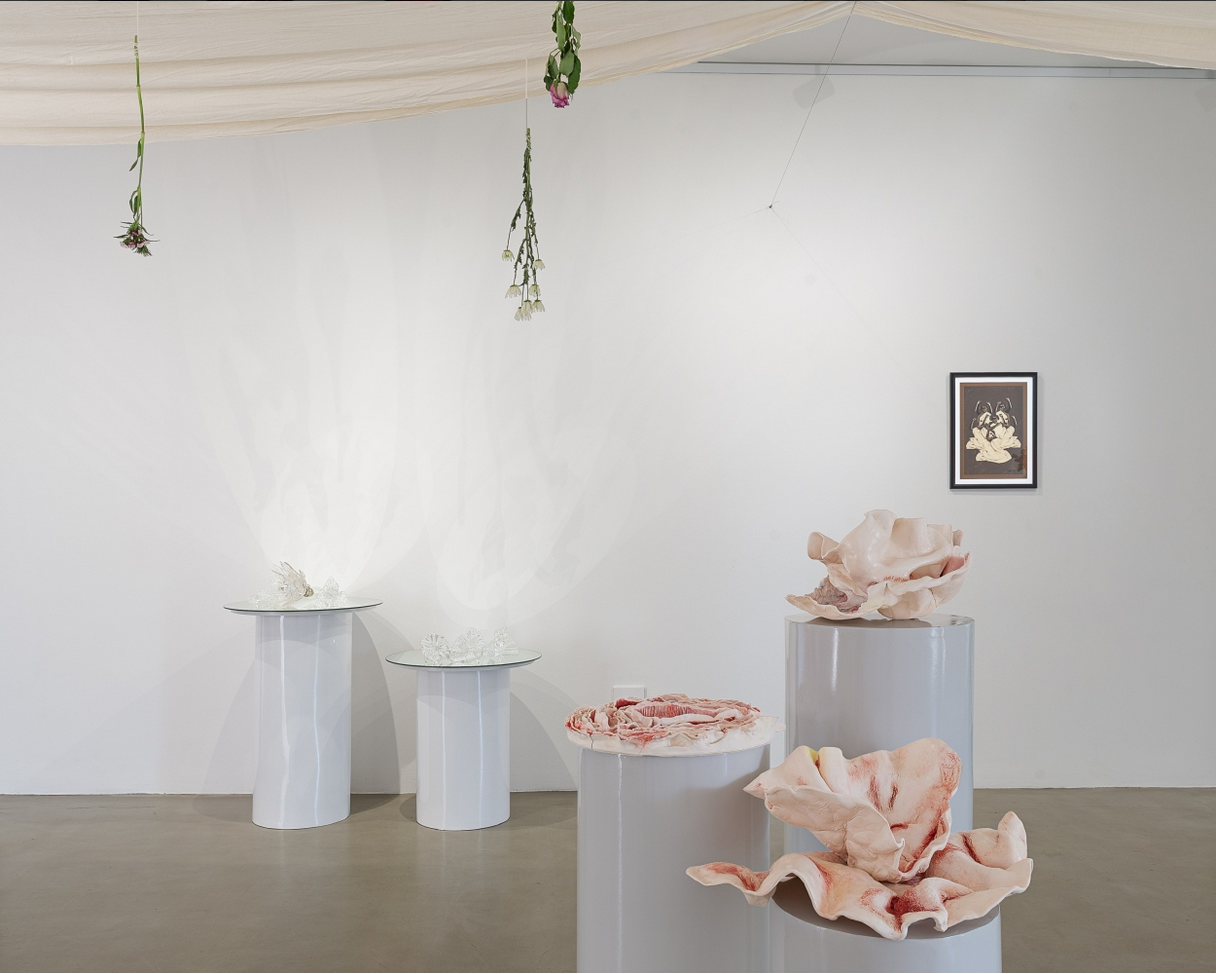
What is it like coordinating an exhibition as opposed to making works for one as an artist? Have the two practices shaped each other?
They’ve absolutely shaped each other. For a few years, I worked part-time as a gallery assistant under the wonderful Julie Taylor – founder of Guns & Rain Gallery – where I learned a lot about what goes into running a gallery and producing exhibitions. Balancing that work with my practice helped me step outside my own shoes and engage with other artists on an administrative and curatorial level, while also enriching how I think about my own work.
Creating is deeply personal for me; the public interaction usually comes after the work is done. Coordinating a show, on the other hand, requires constant thinking about all those who will directly and indirectly participate, like which artists I would like to showcase, how their work aligns with the theme, how I want the audience to experience the exhibition, and many other in-betweens.
What avenues does art offer for speaking about social issues that make it unique?
Art naturally resists the status quo. It questions systems, beliefs, and norms. To make art, and to be art, takes conviction and courage. That alone is powerful. Art taps into emotions and invites people to look deeper, beyond surface-level understanding and into personal, mental, historical, societal, and environmental issues. That emotional resonance is what makes art such a unique and necessary vehicle for social reflection.
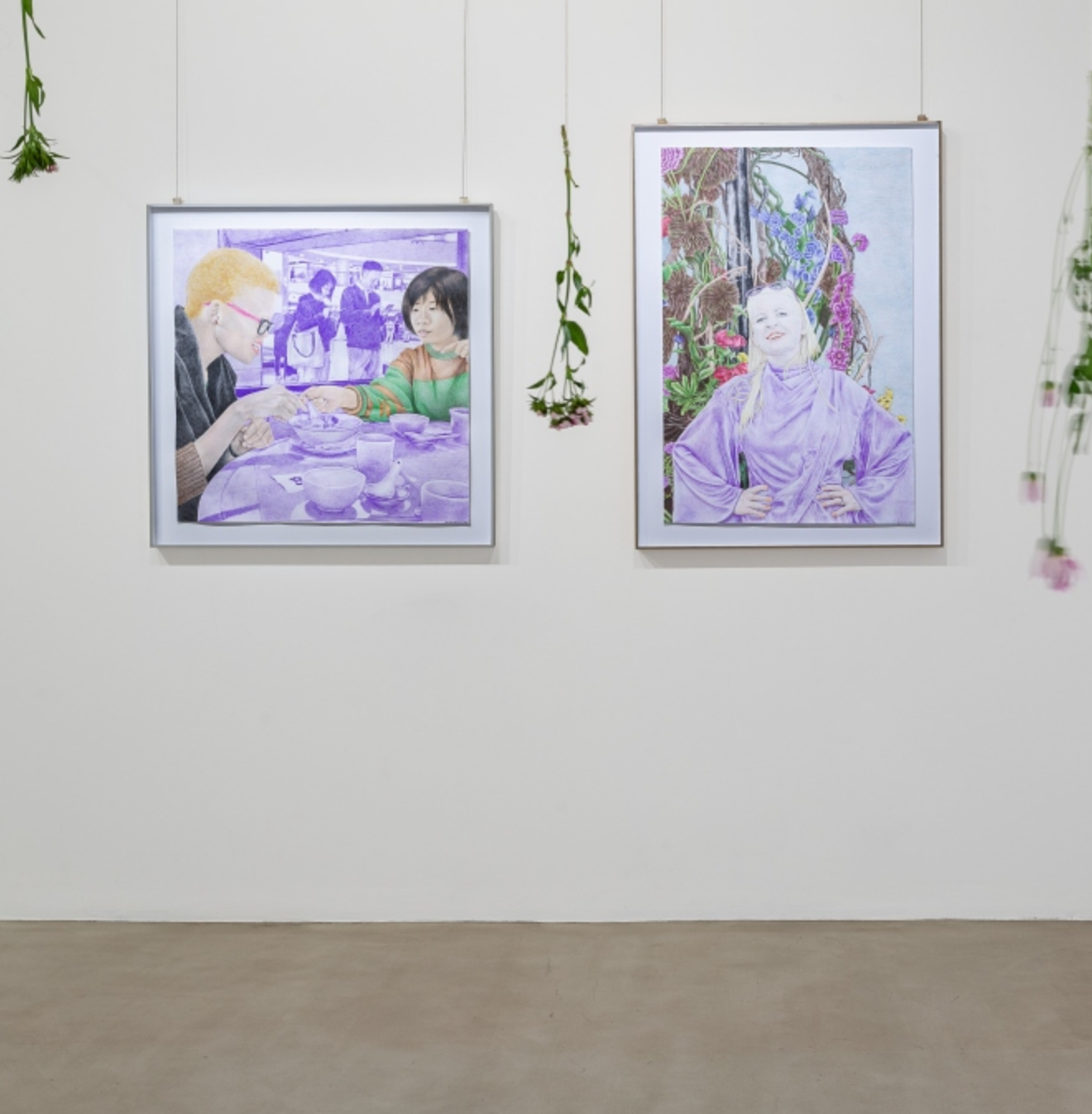
Photo: Berman Contemporary.
How does art empower you?
Art empowers me to give voice to things I would otherwise be too shy to say out loud. It gives me permission to be multifaceted. Creating draws me closer to God and reminds me that the stories I tell are not just for me. I’m simply the vessel doing what I’ve been called to do.
What spaces do you find safety or sanctuary in Johannesburg?
Truly, any space where women or femme-presenting people can feel safe and experience a wholesome, joyful time.
The exhibition text ends with an open-ended statement “on how far we’ve come, and how far we still need to go.” What needs to happen in order to host an exhibition whose title simply reads, Happy Women’s Day?
Commemorating the day is extremely important. Things would look completely different if the women of the 1956 march hadn’t bravely gone to the Union Buildings to protest pass laws. That act of defiance created a powerful legacy. But we also need to interrogate where we are right now as a society.
The struggle has always been tied to social and political policing – as seen in 1956 – but the form it takes today looks different. With gender-based violence statistics as high as they are, we can’t celebrate without holding that truth. So for us to reach a place where a title like Happy Women’s Day stands on its own, we need both deep reflection and urgent action – honouring the path that brought us here while addressing the present with integrity.
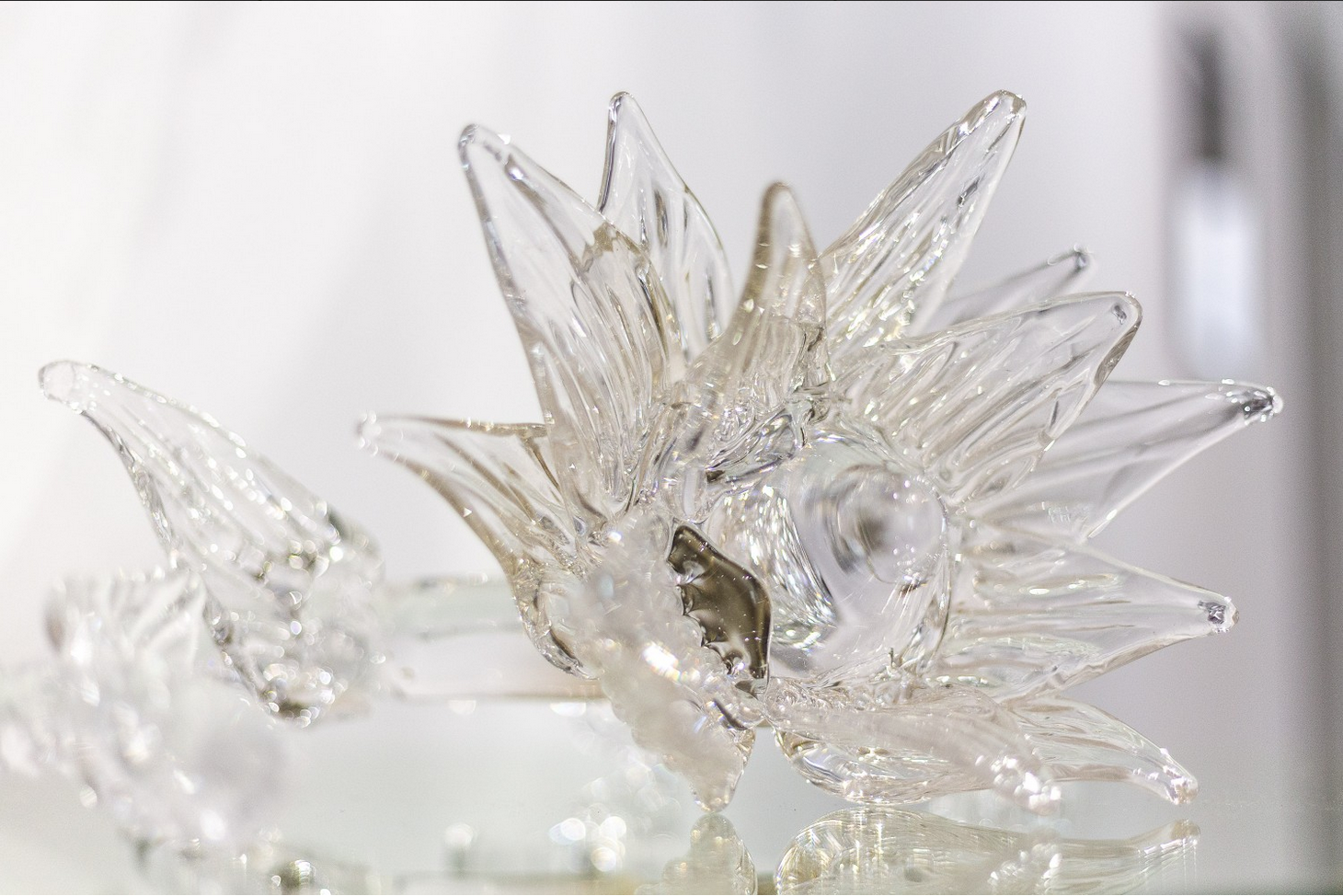
What do you hope viewers take from this exhibition?
Exhibiting work that addresses social issues can easily become harsh or triggering. Without softening the realities, I wanted to create a space of care – where viewers are invited to pause, reflect, and truly listen. I hope people take time to engage with the stories being shared and consider how these lived experiences affect us all, directly or indirectly. I especially hope that men in the audience take the stories seriously, recognise the vulnerability and courage it takes to share them, and remain alert. It’s not enough to empathise quietly. Action is needed. That means challenging harmful behaviour in the spaces where it’s most often allowed to thrive: in the company of other men.
Tell us a bit about your journey as an artist. What made you pursue this path?
My journey into art wasn’t planned – it found me at a time when I was struggling to find direction. I was 25, in a confusing and dark period of my life, and drawing felt like I had been handed a lifeline. Once I discovered the depth of that connection, I couldn’t ignore it. I felt spiritually called to pursue it fully. From that moment on, I knew I had to walk this path with my whole heart.
What have been some highs and lows along the way?
For every low, there’s a high. Being an artist can feel isolating at times, but I have a close-knit support system of friends and family who’ve seen me through both my best and worst days. Along the way, I’ve also met amazing people who’ve resonated with my work – and some have even collected it. That’s such a cherry on top!
The art market can be unpredictable, which can create financial instability, especially if you rely solely on sales. But the flexibility of being an artist also opens the door to creating other income streams. With that said, being an artist will forcefully teach you how to manage your finances wisely. So yeah, a win is a win.
There’s also the self-doubt and high expectations that can creep in while creating. But once you let go of the need for everything to be perfect, you begin to appreciate the miracle of bringing something into existence that never existed before. That, to me, makes all the challenges worth it.
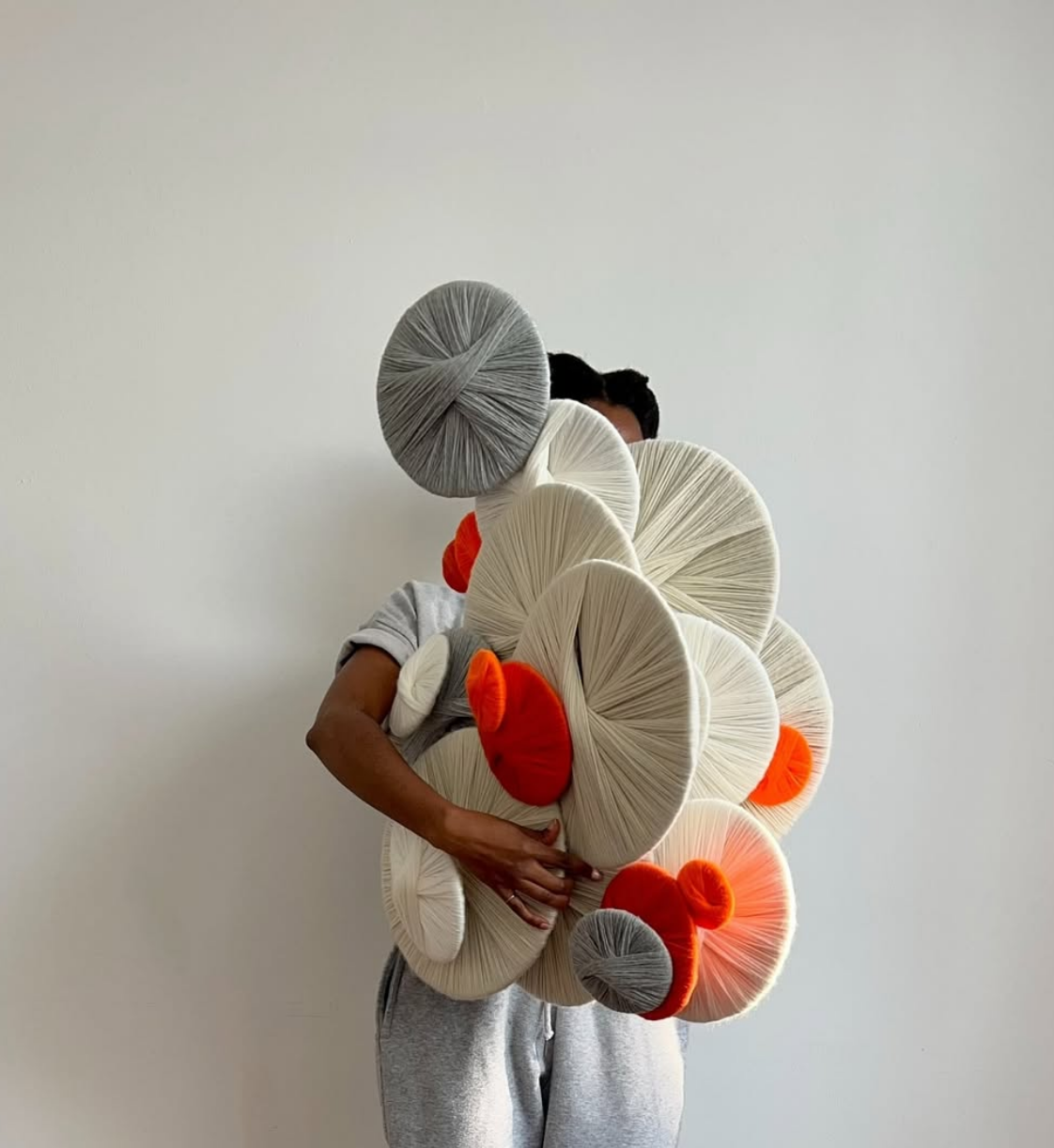
How has your practice evolved over time?
It started with drawing, then moved into printmaking. Over time, I’ve explored mixing mediums like painting and photography with thread, but right now, I’m leaning more into textile art. And look, now I’m curating shows too! I’m excited to see where this journey continues to lead me.
What brought you to Joburg and/or what makes you stay?
I moved to Joburg when I started high school. What’s keeping me here? The opportunity to leave hasn’t revealed itself just yet.
What is a surprising thing people might learn about Joburg by having a conversation with you?
Its size, how multicultural and layered it is – and the fun fact that it’s the only place in the world where two Nobel Peace Prize winners lived on the same street [Vilakazi Street in Soweto, where Nelson Mandela and Desmond Tutu once lived].
One song on your playlist that is either about Joburg or makes you think about this city?
I want to say City Rains by Mobi Dixon… but I’ll go with A Day In December by Manoo and
Francois.
What makes someone a Joburger?
A Joburger has grit, they are multilingual, they are street smart, and they are always
hypervigilant. Haha!
Three words that describe this city:
Epicentre. Creative. Versatile.
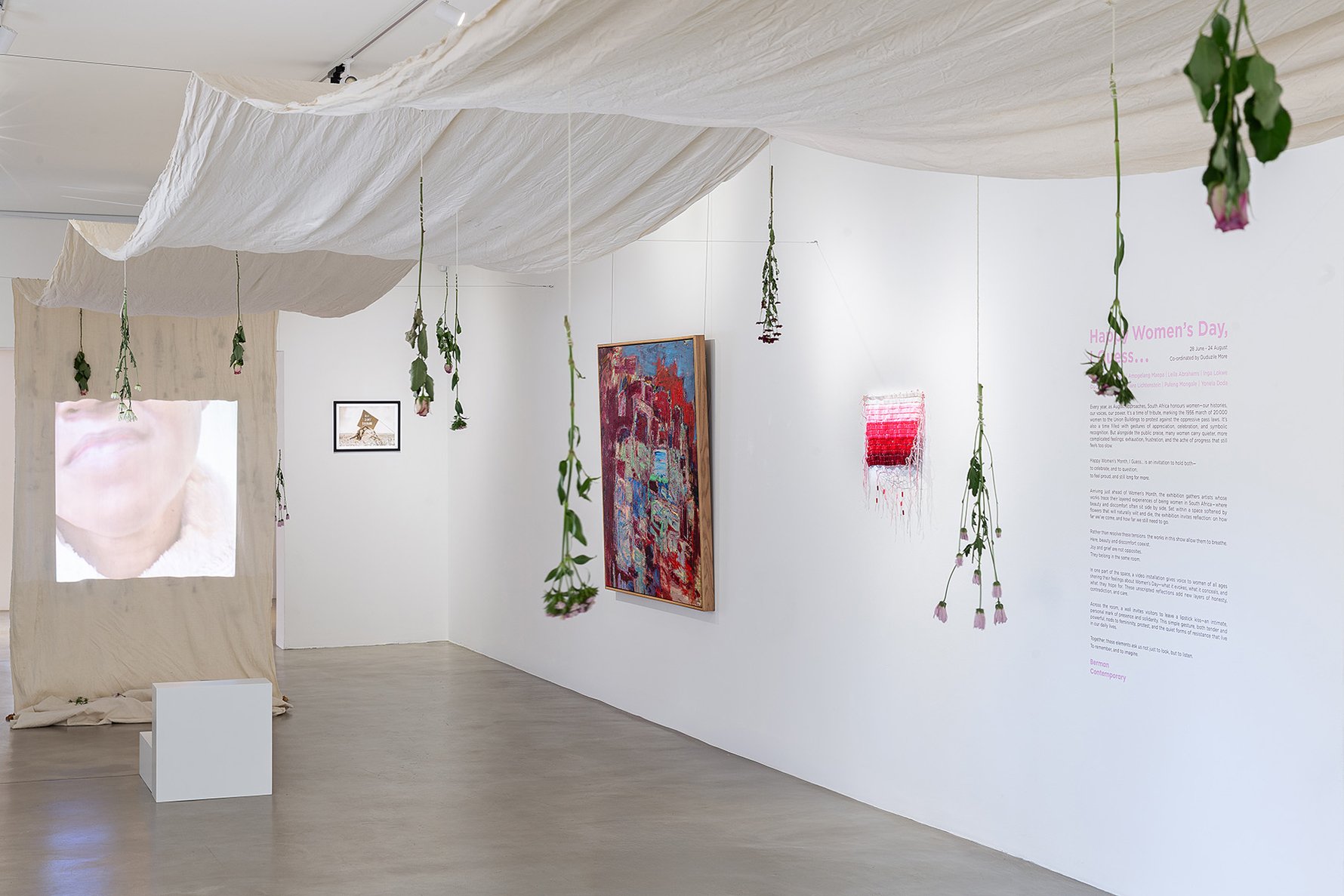
If you've yet to see Happy Women's Day, I Guess... the exhibition is on show at Berman Contemporary, at 223 Jan Smuts Creative Hub, until Sun, Aug 31. Make sure to schedule a visit to see this beautiful and challenging attestation of womanhood in South Africa before it closes.


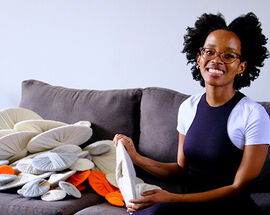
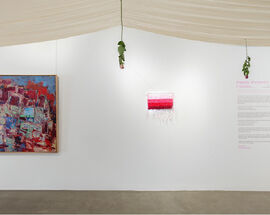
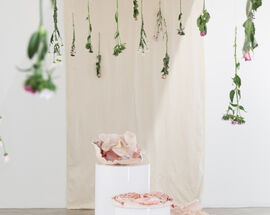


Comments